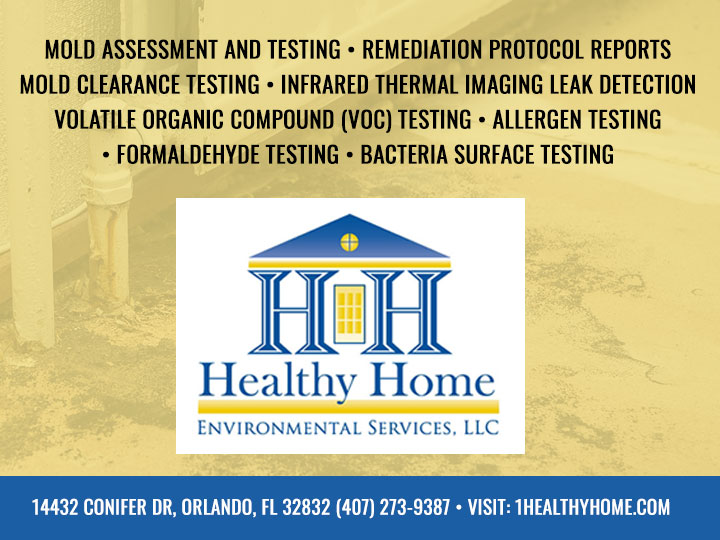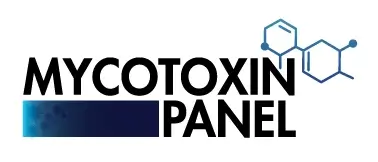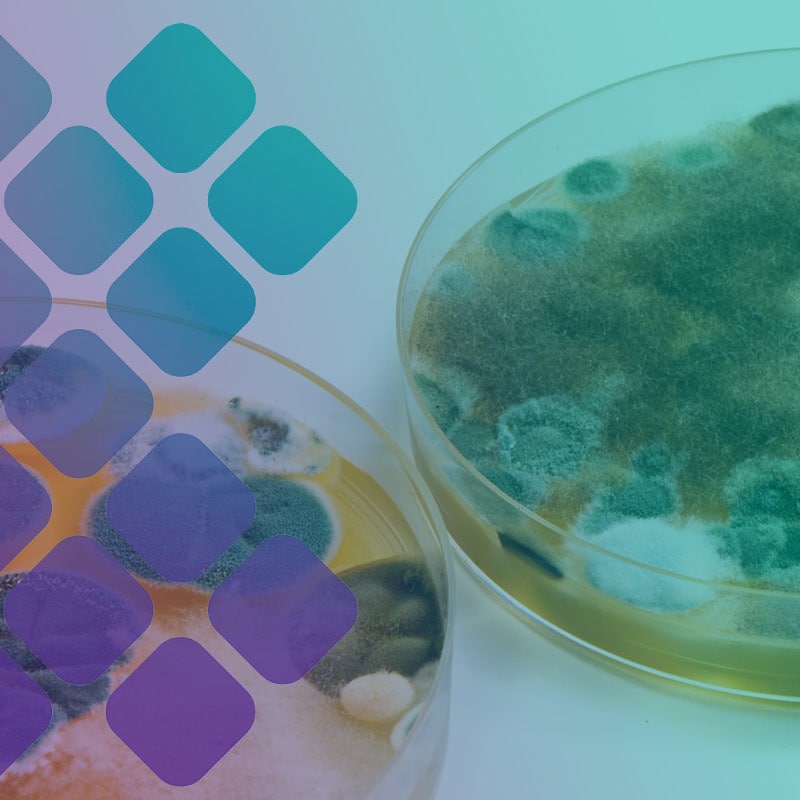Maximize Your Conformity with Relied on Mycotoxin testing Services Solutions
Maximize Your Conformity with Relied on Mycotoxin testing Services Solutions
Blog Article
How Mycotoxin Testing Aids Protect Against Contamination and Guard Food Supplies

Mycotoxin testing is a crucial method in the food market, offering as a frontline protection versus contamination by hazardous toxins created by mold and mildews. Through the application of advanced strategies like High-Performance Fluid Chromatography (HPLC) and Liquid Chromatography-Mass Spectrometry (LC-MS), food producers can accurately find and measure mycotoxin degrees in agricultural items.
Recognizing Mycotoxins
Comprehending mycotoxins starts with acknowledging that they are toxic secondary metabolites generated by specific mold and mildews, which can pollute farming items. These metabolites are not necessary for the growth or reproduction of the fungi but can have severe ramifications for human and animal health and wellness. Mycotoxins are frequently discovered in staple crops such as corn, wheat, barley, and nuts, where they can proliferate under details conditions of dampness and temperature level.
There are numerous sorts of mycotoxins, each generated by different fungal varieties. Aflatoxins, created by Aspergillus types, are among the most infamous, recognized for their cancer causing buildings. Another substantial group includes ochratoxins, generated by Aspergillus and Penicillium species, which have nephrotoxic impacts. Fusarium species create trichothecenes and fumonisins, both of which are associated with different severe and persistent health and wellness problems.

Dangers of Mycotoxin Contamination
The threats of mycotoxin contamination are multifaceted, posing considerable dangers to both food safety and security and public health and wellness. Mycotoxins, harmful substances created by certain kinds of fungi, can infect a large array of agricultural products including cereals, nuts, flavors, dried out fruits, and coffee.
Economic effects are one more significant problem. Infected crops can result in considerable financial losses for farmers and food manufacturers due to lowered returns and the requirement for pricey decontamination actions. International trade can be considerably impeded as countries implement rigorous mycotoxin regulations to secure their populaces, leading to rejected shipments and stretched profession connections.
Environmental variables such as climate modification exacerbate the threat of mycotoxin contamination. Variants in temperature level and moisture can produce beneficial problems for fungal development, boosting the probability of contamination events. Thus, understanding and reducing these dangers are vital for guaranteeing the safety and honesty of global food materials.
Techniques of Mycotoxin Examining
Precisely determining mycotoxin contamination in farming items is crucial for securing public health and preserving food safety standards. Different methods are used to spot and evaluate mycotoxins, each offering particular benefits and restrictions.
High-Performance Fluid Chromatography (HPLC) is a widely made use of method due to its high look what i found level of sensitivity and accuracy. It includes dividing mycotoxins from various other substances in an example, enabling precise metrology. Liquid Chromatography-Mass Spectrometry (LC-MS) integrates liquid chromatography with mass spectrometry to supply comprehensive molecular details, making it especially valuable for identifying several mycotoxins simultaneously.

Gas Chromatography-Mass Spectrometry (GC-MS) and Thin-Layer Chromatography (TENDER LOVING CARE) are also used, each with one-of-a-kind applications. GC-MS is effective for volatile mycotoxins, while TLC offers a less complex, cost-efficient option for initial screening.
Advantages of Normal Checking
Normal screening for mycotoxins in farming items uses countless advantages, considerably adding to public health and food safety. By identifying contamination early, regular testing assists prevent the distribution of toxic foods, thereby lowering the danger of mycotoxin-related diseases among consumers. This aggressive technique not just safeguards human wellness but also enhances the overall high quality of food materials.
Different nations and areas have developed rigorous limits for mycotoxin degrees in food and feed. Adhering to these limitations via normal testing makes sure that manufacturers and providers fulfill lawful criteria, consequently preventing penalties and trade barriers.
Additionally, routine mycotoxin testing can cause substantial economic advantages. Early detection of contamination enables timely treatment, lowering possible losses from widespread contamination. Executing normal screening protocols can likewise minimize recall costs and relevant obligations, which can be economically ruining.
Furthermore, routine screening supplies beneficial data that can notify much better agricultural methods and storage space conditions. By recognizing patterns of contamination, producers can embrace preventive procedures, thereby minimizing future risks and adding to the sustainability of the food supply chain.
Applying Evaluating Methods
Applying effective mycotoxin testing protocols is crucial for making certain the safety and security and quality of agricultural products. Establishing a durable testing structure entails numerous vital actions, starting with the Continue identification of potential contamination factors within the manufacturing and supply chain. This includes pre-harvest, post-harvest, storage, and circulation stages. Each phase must be looked at to identify where mycotoxin contamination is more than likely to happen.
Once crucial control factors are identified, picking appropriate screening techniques is vital. Common methods include enzyme-linked immunosorbent assay (ELISA), high-performance fluid chromatography (HPLC), and mass spectrometry (MS) Each approach has its weak points and staminas; hence, choosing the proper one depends upon the specific mycotoxin being evaluated, the called for level of sensitivity, and readily available sources.

Last but not least, integrating the screening protocols right into a comprehensive food security management system is advisable. This enhances traceability and allows speedy rehabilitative actions when contamination is detected, therefore guarding the stability of the food supply chain.
Conclusion
Mycotoxin screening is essential in stopping contamination and safeguarding food materials by making it possible for early discovery of dangerous contaminants created by molds in farming products. Routine screening boosts brand name track record, monetary stability, and count on in food safety by reducing contamination-related losses and keeping high criteria in food manufacturing.
Mycotoxin testing is an indispensable practice in the food market, serving as a frontline defense against contamination by damaging contaminants produced by mold and mildews. An incorporated strategy entailing farming methods, storage space management, and normal screening can reduce the threats associated with mycotoxin contamination, making certain food safety and security and public wellness.
The risks of mycotoxin contamination are multifaceted, posturing considerable dangers to both food safety and security and public health and wellness.Routine screening for mycotoxins in agricultural products offers countless benefits, dramatically adding to public health and food security.Mycotoxin screening is crucial in avoiding contamination and guarding food materials by allowing early discovery of hazardous toxic substances generated by molds in farming items.
Report this page